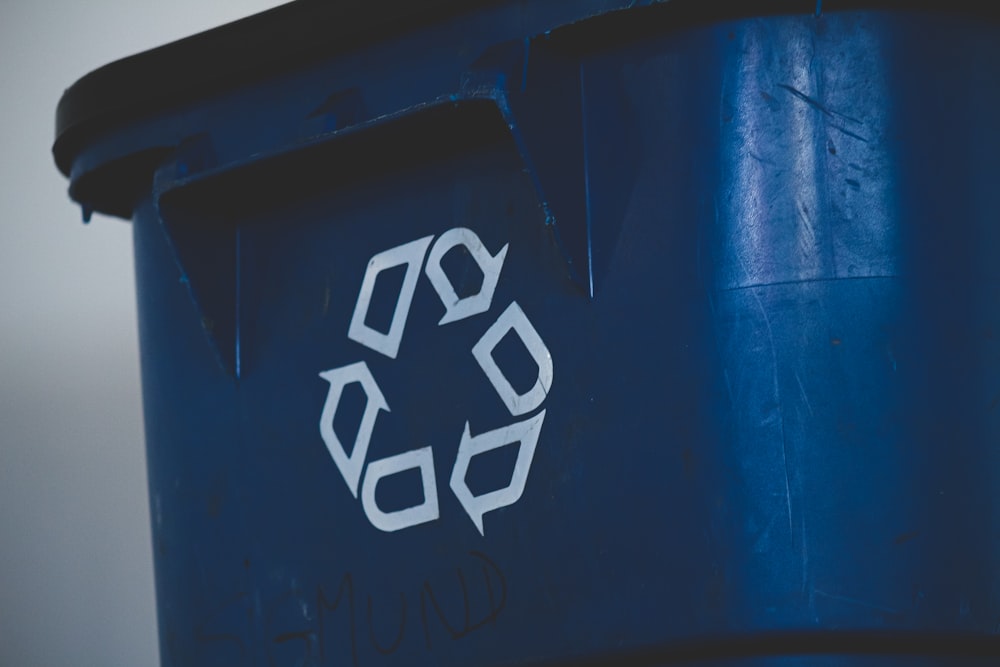This Earth Day, we’ve created a beginner’s guide to reducing your environmental impact and reaching that elusive zero waste target.
If you’re an avid reader of Thred, chances are you’ve already been incentivised to start reducing your environmental impact as much as possible.
Whether that involves switching from fast fashion to resale, choosing to consume less animal products, or using apps like Klima to keep track of your carbon footprint, it’s all part of a wider generational shift towards safeguarding our planet.
Gen Z are spearheading many of the lifestyle changes – both big and small – that reduce our waste and help us to rethink how we use products, with 41% of young people considering global warming the most important issue facing the world today.
Fancy getting involved? There’s never been a more fitting time, as this year’s Earth Day 2021 concentrates on natural processes and emerging green technologies that can restore the world’s ecosystems.
You don’t have to be a top-of-the-line engineer, either. Adopting a zero-waste lifestyle is the perfect way to help out within realistic means, and we’ve got all the tools you need to make a change. Here’s our ultimate beginners guide on where to start.
What is a zero-waste lifestyle?
First up, what exactly is zero-waste, anyhow? There’s no point talking the talk if you don’t know what you’re doing.
Anyone who is ‘zero-waste’ strives to eliminate their rubbish output and consumption of single-use materials in every aspect of their day-to-day life, instead opting for reusable, sustainably made, eco-friendly alternatives.
They will also primarily buy their goods from second-hand stores, support fair-trade brands, stick to a plant-based diet, and take low-emission modes of transportation.
It’s a movement that’s fast-gaining traction, well on its way from niche to mainstream thanks to a range of social media influencers promoting zero-waste companies on their follower-heavy platforms.
And we mustn’t forget the OG, Lauren Singer, an environmentalist who garnered a great deal of attention back in 2015 with a viral video that showed how she successfully managed to fit two years’ worth of trash in a single mason jar.
‘The zero-waste movement isn’t new,’ says David Phan, founder of Huppy.
‘It didn’t start two years ago or four years ago, but it’s really taken off in the past couple of years because of social media, and the many cool, innovative brands that are starting new concepts that do new things. The turning point for consumer awareness is now.’
Let me remind you, however, that – contrary to popular belief – the process of transitioning to a zero-waste lifestyle isn’t about being perfect.
For this reason, many choose to holistically refer to themselves as ‘low-impact’ as it’s often better to focus on what seems doable and enjoyable before working your way up.
It’s about finding a balance that suits you which will eventually do a whole lotta good for the planet. After all, we need to start somewhere, right?
Step One
It might sound absurd but ask any zero-waster what the first step should be on your path to a waste-free life, and they’ll most likely recommend you conduct a trash audit.
Essentially, unpleasant as it may be, a quick comb-through your bin will give you a good insight into what you’re disposing of most frequently and will help you understand what areas of waste you should tackle first.
This comes hand in hand with a note of why you’re choosing to switch up your lifestyle because writing it down solidifies your resolve, giving you something to reference whenever you need motivation.
It’s also worth mentioning that to truly ‘go zero’ you must commit to asking yourself these questions whenever you’re making a purchase decision.
-
Is it designed to be used just once, or for a short time, and then disposed of?
-
Where did it come from and what happens when I’m done with it?
-
Who produced it and in what conditions?
This will allow you to put value above disposability and ultimately teach you to appreciate your possessions more. Waste is everywhere, so before you overburden yourself just aim to cut out single-use items like plastic bottles and bags, paper towels, and coffee cups.
For the sake of our planet, it’s time we begun challenging consumerism and the notion that when something breaks or stops working it ought to be thrown away.




























